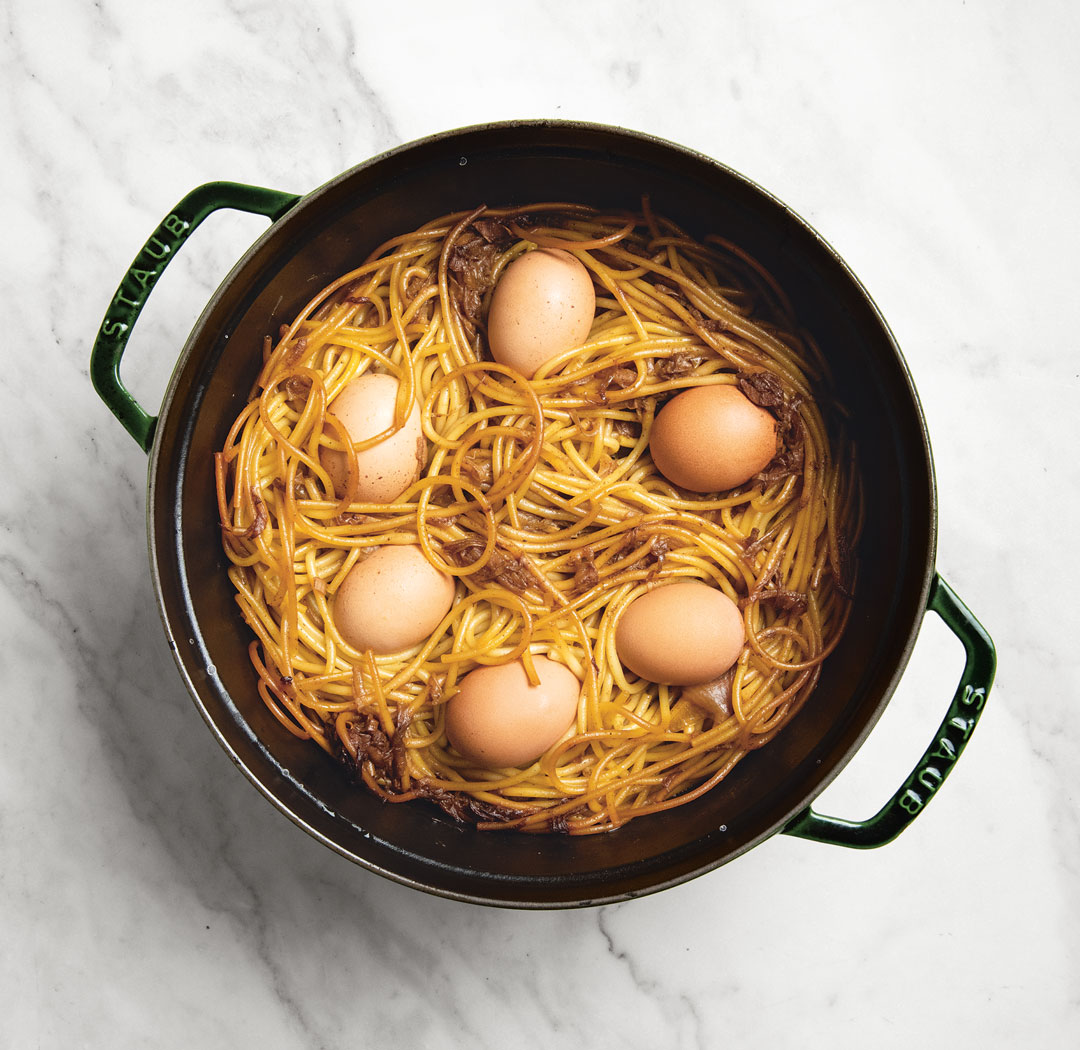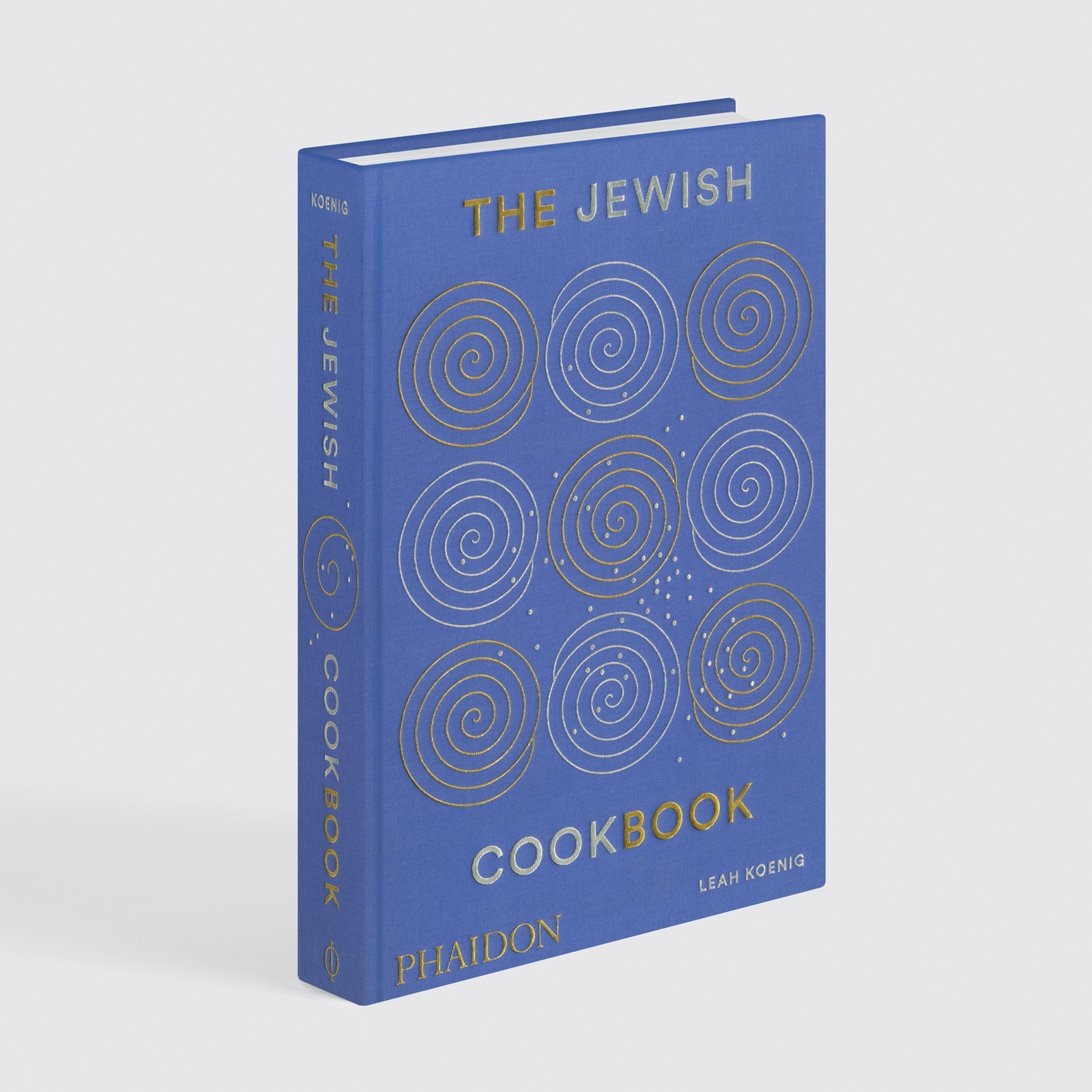
A Jew-ish guide to Jewish food: Hamin
It may have begun as wheat and lamb porridge but this Shabbat speciality is just as easily made with pasta
You don't have to be Jewish to know that Shabbat is the Jewish religious day of rest, running from a few minutes before sunset on Friday evening until the appearance of three stars in the sky on Saturday night.
Friday is the day on which Shabbat food is both prepared and also eaten. “Shabbat food — the foods eaten from sunset on Friday through nightfall on Saturday — vary widely from region to region and country to country,” explains Leah Koenig in The Jewish Cookbook. “But many Jewish communities share a tradition of serving warm, long-simmered stews for Shabbat lunch.
“There is a reason for this culinary consistency. Religiously observant Jews do not actively cook over flame or with electricity throughout the duration of Shabbat. Many Shabbat lunch dishes can be prepared in advance and served either cold or at room temperature. But these stews, which are set over very low heat before Shabbat begins and allowed to passively simmer until lunch the following day, became the answer for how to have a proper meal on Saturday without violating Jewish law.”

Hamin dishes use this low and slow cooking technique. Hamin means 'warm' in the ancient Semitic language, Aramaic. These stews originated in the ancient Middle East with a porridge of cracked wheat and lamb. However these days pasta makes for a more manageable substitute.
The dish above, chicken hamin with bucatini, cooks overnight, and is traditionally served at Saturday lunch. It combines bucatini pasta with chicken drumsticks, chicken stock, potatoes, spices, and whole eggs. Bucatini, the long, thin style of pasta with a hole running through the centre, holds up especially well in slow cookery, advises Koenig, but “any thick, long pasta will work in this dish.”

For the full recipe, as well as plenty other Shabbat dishes, and quite a few more pasta ones, order a copy of The Jewish Cookbook here. It is an inspiring celebration of the diversity and breadth of this venerable culinary tradition. A true fusion cuisine, Jewish food evolves constantly to reflect the changing geographies and ingredients of its cooks.
Featuring more than 400 home-cooking recipes for everyday and holiday foods from the Middle East to the Americas, Europe, Asia, and Africa - as well as contemporary interpretations by renowned chefs including Yotam Ottolenghi, Michael Solomonov, and Alex Raij - this definitive compendium of Jewish cuisine introduces readers to recipes and culinary traditions from Jewish communities the world over, and is perfect for anyone looking to add international tastes to their table.